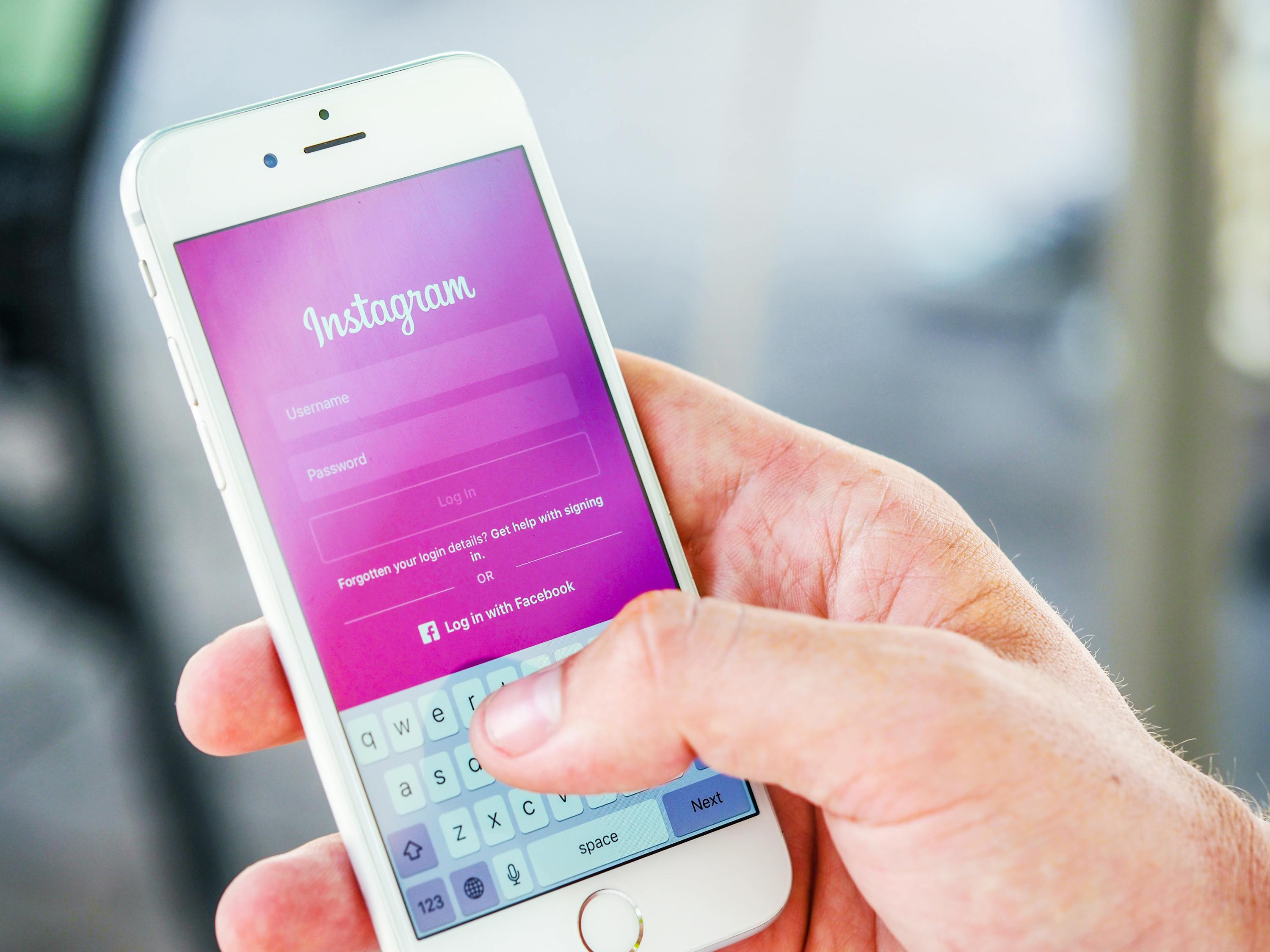PLC Controller and Touch Screen: Are They Integrated?
PLC controllers and touch screens are often integrated in modern industrial automation systems. PLCs, or Programmable Logic Controllers, are devices that can receive, process, and store data, and are used to control industrial processes and machines. Touch screens, on the other hand, are user interfaces that enable operators to interact with industrial equipment and software applications through a series of touchscreen gestures. By integrating PLC controllers and touch screens, industrial automation systems can provide increased efficiency, productivity, and operator comfort. Additionally, integrated systems can help reduce maintenance costs and improve system reliability. In conclusion, PLC controllers and touch screens are often integrated in industrial automation systems to provide increased efficiency, productivity, and operator comfort.
In the world of industrial automation, PLC (Programmable Logic Controller) controllers and touch screens play crucial roles. PLC controllers are the brains of industrial systems, managing and coordinating operations based on pre-programmed instructions. Touch screens, on the other hand, are user interfaces that enable operators to interact with the system, monitoring progress, making adjustments, and performing maintenance tasks.
Given their separate functions, it is natural to ask whether PLC controllers and touch screens are integrated. The answer to this question depends on the specific system and application in question. In some cases, PLC controllers and touch screens are indeed integrated. This integration may be achieved through software development, where the touch screen interface is designed to directly communicate with the PLC controller. The result is a seamless integration between the two components, with data and instructions flowing freely between them.
Integration of PLC controllers and touch screens can also be achieved through hardware connections. This may involve connecting the two devices via cables or other forms of communication interfaces. By doing so, the touch screen can receive input from the PLC controller, such as system status updates or operational data, and provide output to the PLC controller, such as operator commands or adjustments.

However, in other cases, PLC controllers and touch screens are not directly integrated. This may be due to system design considerations or specific application requirements. When this occurs, the two devices may operate independently of each other, with the touch screen providing a user interface for monitoring and controlling the system while the PLC controller manages the underlying logic and operations.
In conclusion, whether PLC controllers and touch screens are integrated or not depends on the specific system and application in question. In some cases, integration may be achieved through software development or hardware connections, resulting in a seamless integration between the two components. In other cases, the two devices may operate independently of each other, with the touch screen providing a user interface for monitoring and controlling the system while the PLC controller manages the underlying logic and operations.
Regardless of whether integration occurs, it is important to ensure that the touch screen and PLC controller are compatible with each other and can effectively communicate with each other. This ensures that operators can properly monitor and control the system while also allowing for system flexibility and scalability in the future.
Articles related to the knowledge points of this article:
Controller and PLC in Modern Automation Systems
The Differences between Motion Controllers and PLCs
Motion Controller PAC and PLC: A Comparative Analysis
PLC Controller for Shandong Huichuan: A Review of its Application and Performance